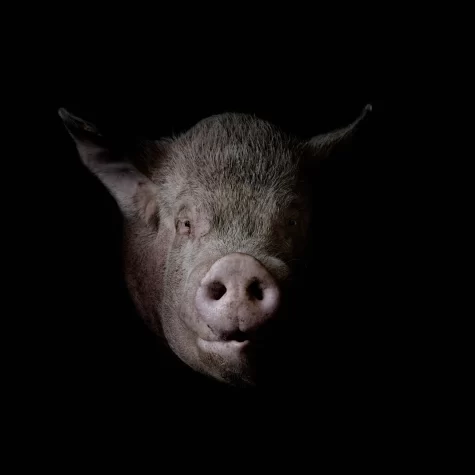Back From the Brink: Giant Tortoises

In a “miraculous conservation success,” extremly endangered giant tortoises on the Galapagos Island of Española have come back from the brink of extinction. Historical exploitation has shown us that Española tortoise (Chelonoidis hoodensis) numbers in the wild shrunk down to just 15 by the 1960s. Now, nearly 1,000 of them are breeding on their own.
Between the years of 1963 and 1974, the last of these turtles (12 females, 3 males) were taken into captivity. Galapagos National Park Service began releasing their captive-raised offspring in 1975, and by 2007, a total of 1,482 tortoises were reintroduced. As of a few years ago, about half are still alive.
“The population is secure,” SUNY’s James Gibbs says in a news release, but the ecosystem they depend on still needs to recover. “Population restoration is one thing but ecological restoration is going to take a lot longer.”
Attempts to restore the extinct species of turtles using captive breeding usally rely on population viability to evaluate success, but this doesn’t measure the restoration of ecological functions and interactions. Turns out, these tortoises are also ecosystem engineers, like dam-building beavers or herbivore-managing carnivores in Yellowstone. Just by eating plants (then spreading the seeds), these tortoises direct the distribution of wildlife communities.
To discover how the population is now, Gibbs and colleagues analyzed about 40 years of data from marked tortoises who’ve been periodically recaptured for measurements and monitoring. They estimate that 864 tortoises were still alive as of 2007.
However, while stable, the population is unlikely to increase until more of the landscape recovers from a century of goat-inflicted damage. With all the grassy vegetation devoured, more shrubs and small trees grew. A chemical analysis of soil shows a major change from grasses to woody plants on the island in the last 100 years.
All in all the Giant Tortoises are making an incredible come back.









